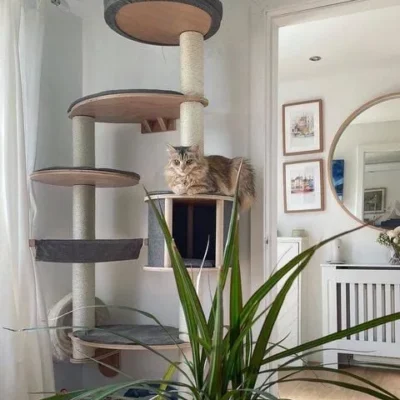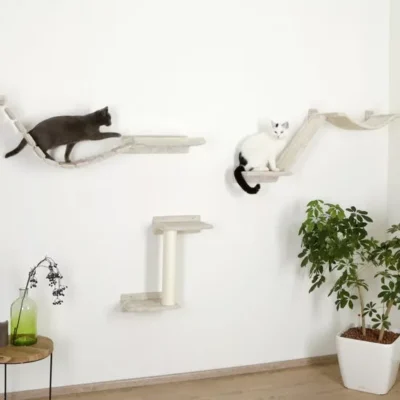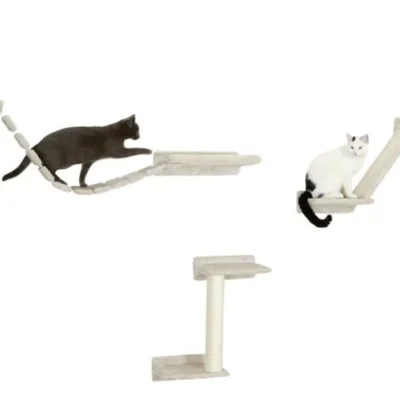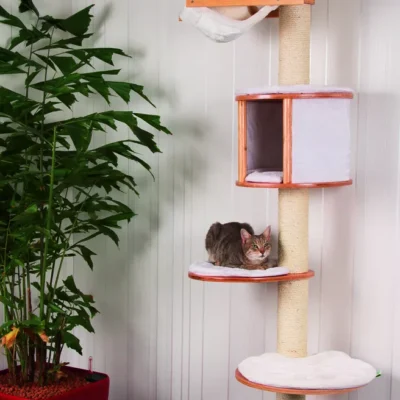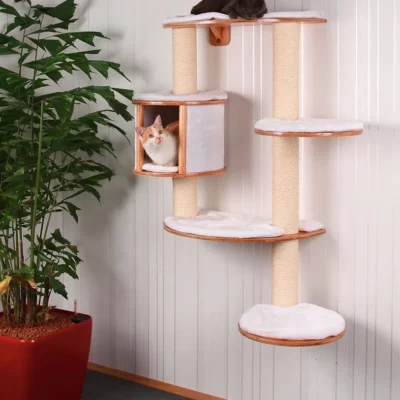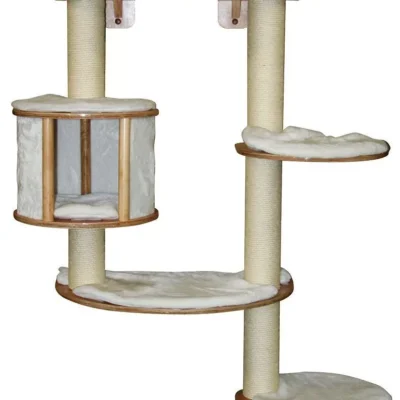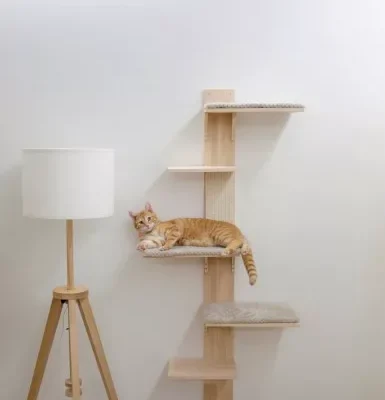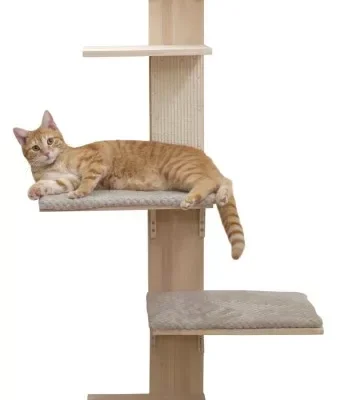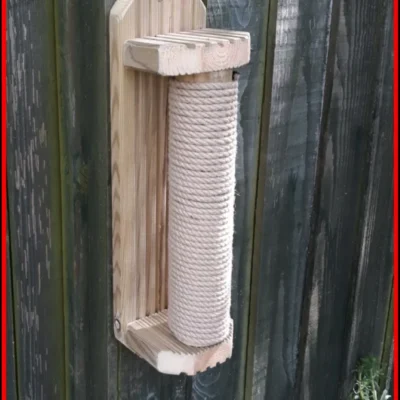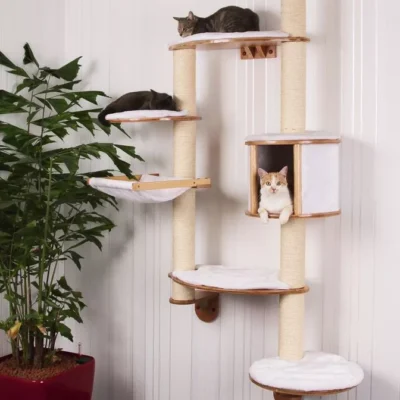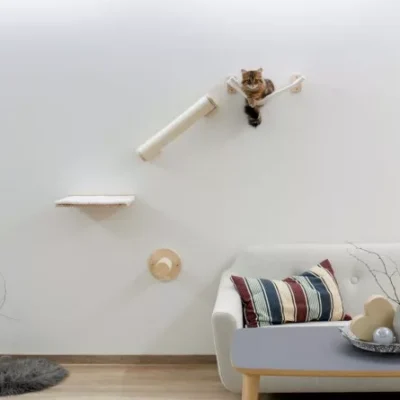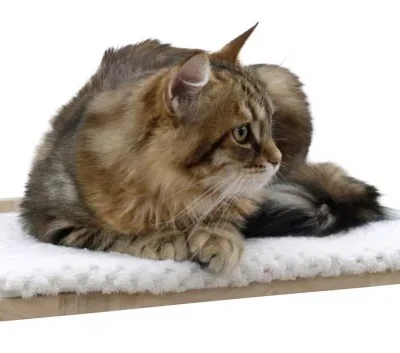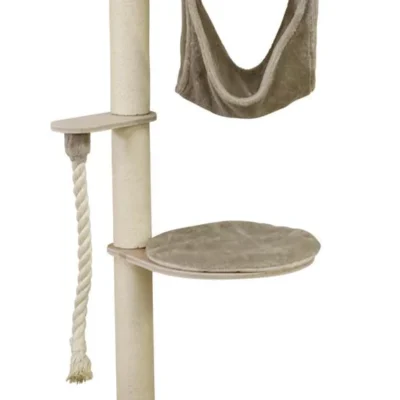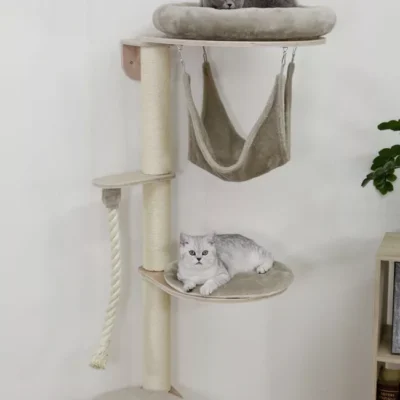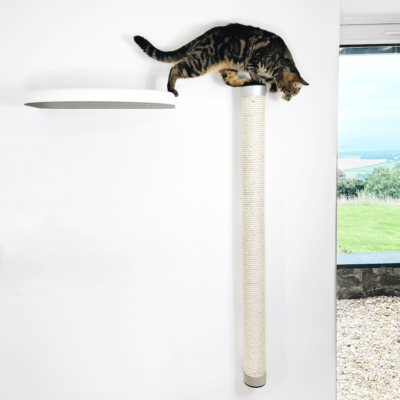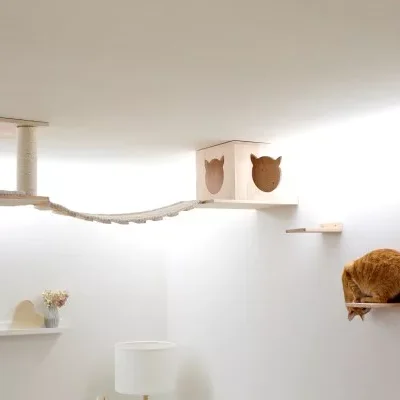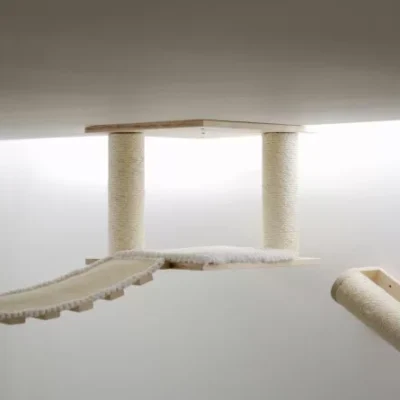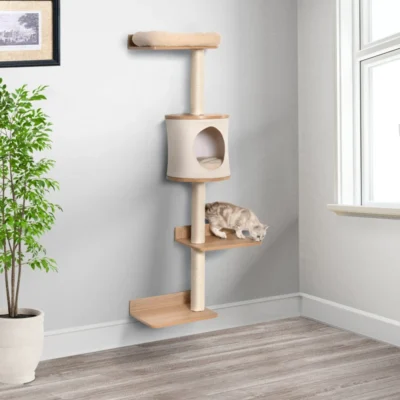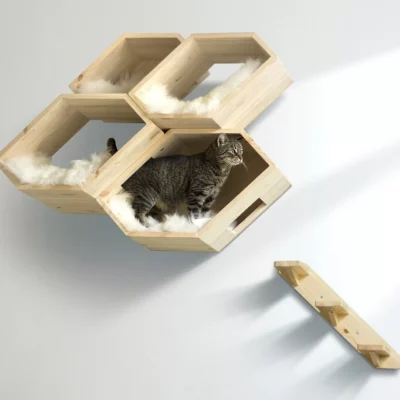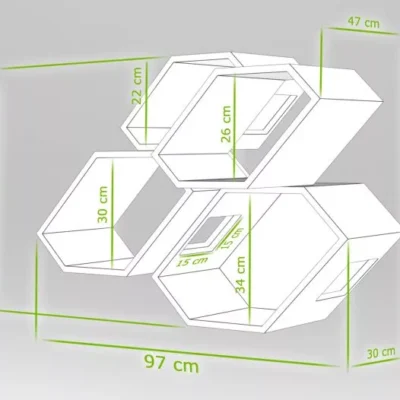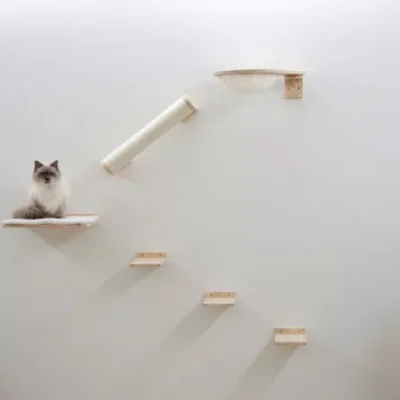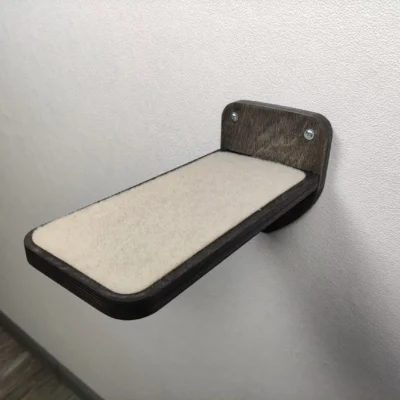0
The story of domestic cats is a captivating journey that unveils the mystery of how wild felines transformed into cherished companions of humans. This introduction sets the stage for an exploration of the enigmatic process of domestication, tracing the evolution of once-wild creatures into the playful, independent, and beloved cats we know today.
It delves into the early interactions between humans and cats, shedding light on the intriguing bond that developed over millennia. The intention is to spark readers’ curiosity and immerse them in the enthralling narrative of the domestic cat’s history.
Domestic cats occupy a unique and multifaceted role in our world, extending beyond their status as pets. This section delves into the cultural, historical, and ecological significance of domestic cats. It explores how cats have been revered and idolized in diverse cultures, from the ancient Egyptians who deified them to modern-day Japan where they are celebrated as symbols of good fortune.
Additionally, it highlights their presence in literature, art, and folklore, showcasing their enduring impact on human culture. Furthermore, the ecological importance of cats as hunters of rodents is discussed, emphasizing their role in safeguarding food stores and controlling pest populations in human settlements. By illuminating these facets, we aim to underscore the rich tapestry of significance woven by domestic cats throughout history.
To fully grasp the domestic cat’s history, a journey into the past is essential, offering a glimpse into the earliest known interactions between humans and cats. This section provides insights into archaeological discoveries that unveil the presence of cats alongside ancient civilizations.
It delves into findings of cat remains in burial sites, artistic representations of cats, and their roles in societies such as ancient Egypt and Mesopotamia. By shedding light on these early interactions, the aim is to connect readers with the ancient origins of the domestic cat’s transformation from the wild to the domesticated, providing a historical context that enriches the narrative.
From Wild Hunters to Household Friends
The transition of cats from wild hunters to cherished household companions began with a mutually beneficial relationship. In this section, we’ll delve into the initial attraction of cats to human settlements, driven by the availability of food sources, particularly rodents drawn to stored grains.
Cats provided invaluable assistance to early human societies by controlling rodent populations, thereby safeguarding food stores and reducing the risk of disease. This symbiotic relationship laid the groundwork for the eventual domestication of cats. We’ll explore the evolution of this partnership and the gradual shift from wild hunters to trusted companions, setting the stage for the unique bond between cats and humans.
One of the most iconic chapters in the history of cats revolves around their profound veneration in ancient Egypt. This section will delve into the extraordinary status of cats in Egyptian society, where they were considered sacred and revered as deities. We’ll delve into their association with the goddess Bastet, who represented home, fertility, and childbirth, and how cats were frequently depicted in art and statues.
Additionally, we’ll discuss the severe penalties imposed for harming or killing a cat in ancient Egypt, highlighting the extraordinary measures taken to protect and honor these feline companions. This part of the content offers an in-depth exploration of the cultural significance of cats in one of history’s most prominent civilizations.
Beyond Egypt, cats held diverse roles and were perceived differently in various ancient civilizations. This section investigates how cats were regarded in cultures such as ancient Mesopotamia, Greece, Rome, and China. We’ll explore their presence in mythology, literature, and daily life, shedding light on the diverse ways in which cats were integrated into different societies.
Whether they were seen as protectors, symbols of luck, or simply as companions, cats left their mark on the cultures they inhabited. By examining their roles in these civilizations, we aim to provide a broader perspective on the rich tapestry of human-cat interactions throughout history.
The Dark Ages and the Cat’s Transformation
The Middle Ages introduced a paradoxical shift in the perception of cats, characterized by contrasting views that ranged from reverence to persecution. This section delves into the complex relationship between cats and medieval society. On one hand, cats were initially esteemed for their role in controlling vermin, particularly in monasteries and granaries.
However, as superstitions and fears surrounding cats grew, they became associated with bad luck and were subjected to persecution. The reasons behind this shift in perception, including the rise of superstitions and the influence of folklore, are explored. This part of the content aims to vividly depict the medieval cat paradox, where cats experienced both admiration and persecution.
During the witch hunts of the Middle Ages and the Early Modern period, cats found themselves entangled in a web of superstitions and myths. This section uncovers the beliefs that linked cats to witchcraft, particularly as witches’ familiars.
It explores the unfounded fears that witches could transform into cats, communicate with them, or use them as companions in their dark practices. The tragic consequences of these beliefs, including the mass persecution and execution of cats, often alongside their human owners, are discussed. This part sheds light on the dark chapter of cat history during the witch hunts.
The Renaissance era marked a turning point in the perception of cats, as the revival of classical knowledge and artistic pursuits fueled a renewed interest in the natural world. This section explores how the Renaissance brought about a revival of appreciation for various aspects of life, including cats.
Cats regained their status as beloved companions and were often depicted in art and literature. The portrayal of cats in works by famous artists like Leonardo da Vinci and their celebration for their grace and beauty are discussed. This part highlights the resurgence of cat appreciation during the Renaissance and the positive role cats played in the cultural revival of the era.




